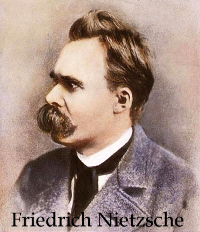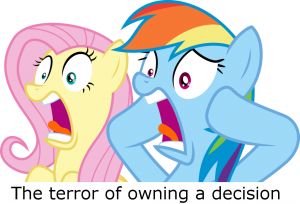Uncertainty
Existential philosophers tell us that uncertainty is a fundamental given of existence. But uncertainty is also something which we often find to be undesirable and we seem to spend a lot of time trying to rid ourselves of it.
 But often the solution is not to rid ourselves of uncertainty. Instead, it is to embrace it. As Nietzsche said:
But often the solution is not to rid ourselves of uncertainty. Instead, it is to embrace it. As Nietzsche said:
“Not doubt, certainty is what drives one insane.”
I am sure that a lot of software development teams will relate to this quote when considering estimation – that great attempt at removing uncertainty. Continue reading

 This post is from mountaingoatsoftware.com by Mike Cohn.
This post is from mountaingoatsoftware.com by Mike Cohn.